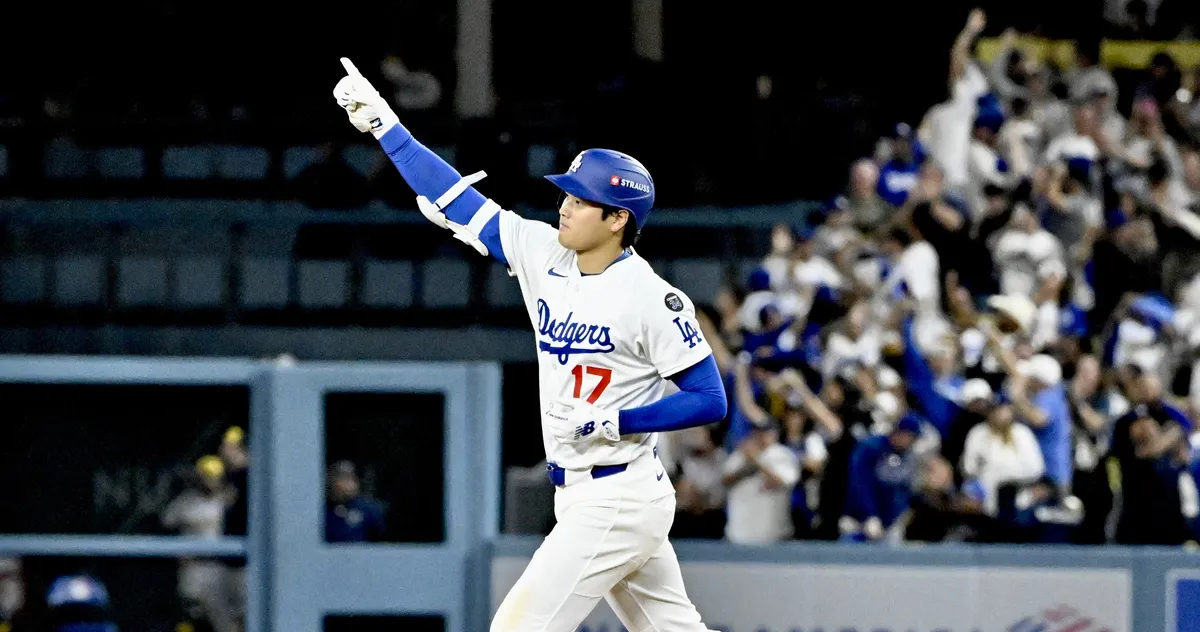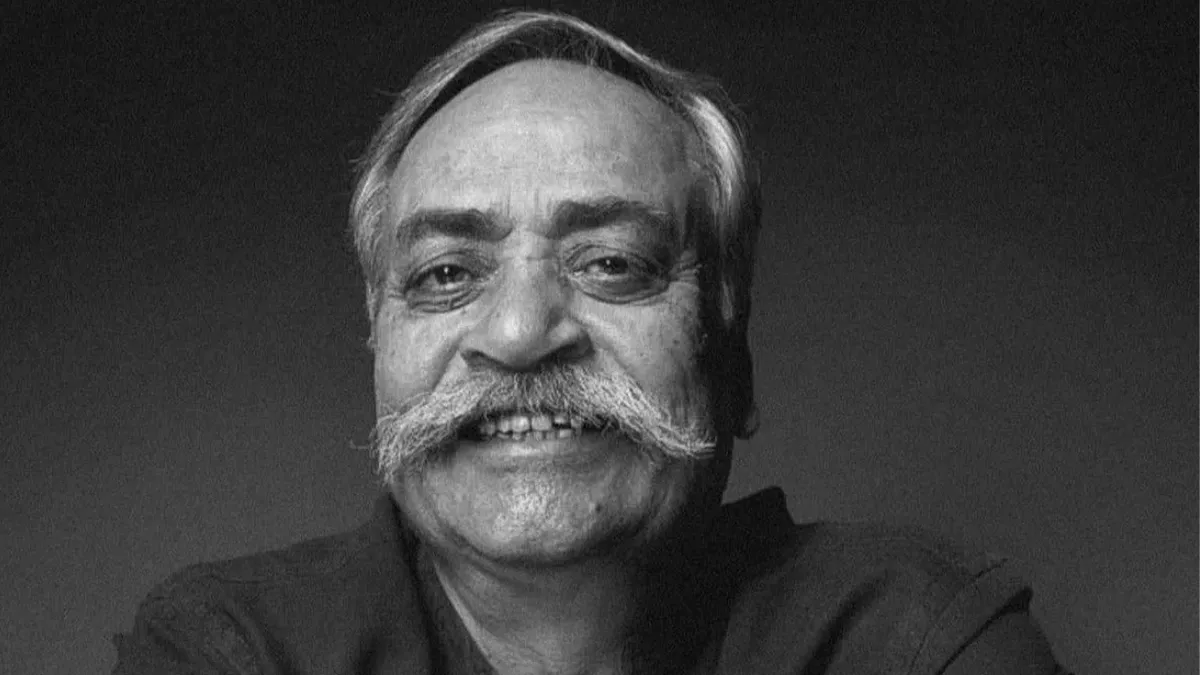Copyright Rolling Stone

There’s a quiet agreement in creative workspaces: be brilliant. On cue. Always. Designers know this rhythm intimately. The pitch decks. The tight turnarounds. We thrive in deadline culture — but somewhere along the way, the expectation shifted from delivering good work to delivering constant work that’s not just good, but clever, polished, strategic — and the bar just keeps rising. Add in the fact that most of us wear more hats than we have heads for — we’re not just designing. We’re creative directing, project managing, client-pleasing, producing, proofing. It’s no wonder so many of us feel like we’re always sprinting. This pressure to perform creatively — it’s corrosive. Soon you start to forget why you ever loved this work in the first place. Creativity Doesn’t Work Like That Here’s the thing we don’t say out loud enough: creativity is not a vending machine. You don’t punch in a deadline and have brilliance drop into the tray. Sure, we can force ideas. We’ve all done it. But real creativity — the kind that breathes life — doesn’t happen on demand, because it isn’t mechanical. What most of us get instead is the slow creep of burnout. You sit down to work and the ideas don’t show up. There’s a warning light on your creativity’s dashboard flashing: “Hey. I’m out. You’ve wrung me dry.” We’ve all been there. But I choose to interrupt it. Julia Cameron — writer, poet, playwright — handed us a key in The Artist’s Way: the Artist Date, a weekly solo outing to fill your creative well. Think: a walk through a weird antique store. A matinee at an old theater. A pottery class. The only rule? Go alone. Don’t make it about work. This isn’t time for a project. It’s maintenance. Because if your job is to create, this is part of your job too. The Rolling Stone Culture Council is an invitation-only community for Influencers, Innovators and Creatives. Do I qualify? Editor’s picks What Happens When We Step Away The first time I scheduled one, I half-expected to feel silly. But you know what happened instead? I exhaled. Quietly, things started to shift. Not lightning bolts of clarity — just little sparks. A new way of seeing color, pattern, light. One date unlocked something unexpected: a love for glass. I’d signed up for a stained glass workshop on a whim, and suddenly I saw the world in tessellations. That experience didn’t stay in the studio. It changed how I approached client work — especially projects that needed to balance individuality and unity. That perspective wasn’t “inspired by glass.” It was taught by it. How to Start — and Why It Matters Beyond Art You don’t need to call yourself “a creative” to benefit from this practice. Whether you’re a teacher, nurse, engineer or parent, burnout erodes curiosity the same way. Artist Dates are less about art and more about attention. They teach you how to look again. Here’s what I’ve learned after years of making them a habit: Related Content 1. Schedule inspiration like you would a meeting. If it’s not on your calendar, it won’t happen. Protect that time — not as leisure, but as creative upkeep. Even ten minutes of unstructured curiosity can reset your brain chemistry. 2. Follow delight, not productivity. We’ve been trained to justify everything by output. An Artist Date is successful if it restores your sense of wonder — not if it produces something to post. 3. Let curiosity win. Remember that thing you always wanted to do or learn? That musical instrument you wanted to pick up but were too afraid of the judgment that would follow. That class you always wanted to take but never found the time. Now is that time; explore, rejoice and lean in. 4. Treat rest as a professional skill. Especially in creative fields, rest is not the opposite of work; it’s the condition that makes good work possible. Step away before your ideas dry up, not after. We Need a Culture Shift Let’s be real: we’ve built a creative industry that sometimes forgets we’re human. We glorify speed. We celebrate the all-nighters, the “just whipped this up” myth, the endless Slack responsiveness. Here’s the truth: You can’t produce great creative work in a system that only rewards output. That best design — the kind that feels alive — comes from presence, curiosity, rest. Trending Stories The next evolution of creative culture isn’t faster turnaround or cooler AI tricks. It’s this: permission to be whole humans. And it all starts by taking ourselves on a date — so close the laptop, step outside and wonder a little.



